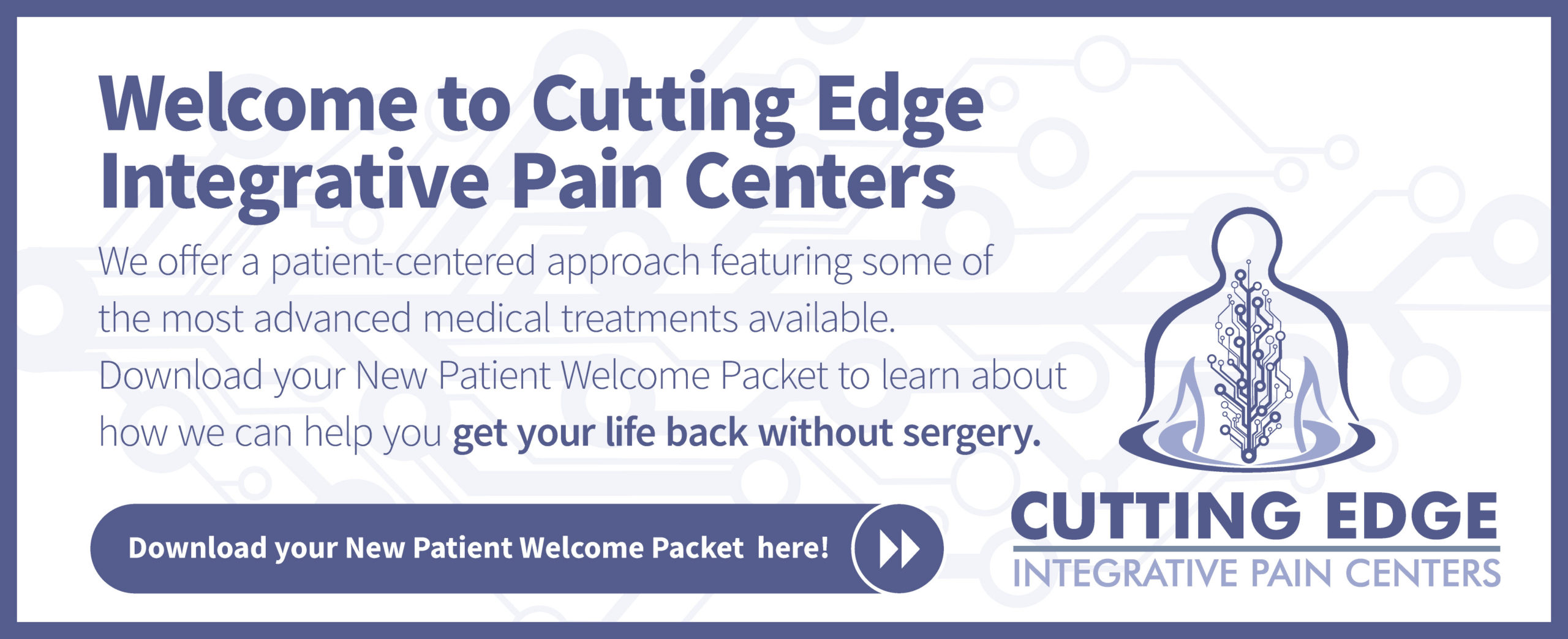Neurofeedback for Pain and Mood
Get Back to Where You Need to Be.
Retrain Your Brain to Improve Your Life
Chronic pain is a complex problem that develops from many factors; it also causes ongoing health concerns such as depression. Dr. Orlando Landrum at Cutting Edge Integrative Pain Centers believes in helping each patient treat all problems associated with their chronic pain, incorporating a variety of integrative and complementary methods such as neurofeedback.
With neurofeedback, you can retrain your brain to relax, which relieves problems like anxiety, depression, and headaches. Dr. Landrum specializes in this type of care and has successfully administered these treatments to numerous patients, who are now leading happier and healther lives.
Frequently Asked Questions
What information is produced from brainwaves?
Brainwaves — electrical impulses produced as the nerves in your brain transmit signals — reflect your emotional and physical health, as they show activity in specific areas responsible for pain, depression, and other symptoms.
Dr. Landrum focuses on specific brainwave frequencies associated with problems related to chronic pain like headaches and uses neurofeedback to reduce activity in those brainwaves and help you reach a healthier, relaxed state.
What is neurofeedback?
Neurofeedback is essentially training your brain to relax by rewarding you with positive feedback.
During a neurofeedback session, you wear a cap containing sensors that pick up your brainwaves. The brainwave information travels to a computer, where they display on the monitor.
Depending on the neurofeedback program that they use, you’ll see images such as a group of blocks, a movie, a calming outdoor scene, or someone surfing in the ocean. The model will change — either positively or negatively — to reflect your brain activity.
For example, the blocks move into a particular position, or the movie keeps playing — as long as you relax your brain. The blocks fall into disarray, or the movie stops when brain activity increases. The immediate feedback you receive teaches your mind to remain in a comfortable state.
How does neurofeedback improve pain and other symptoms?
As you consistently train your brain by changing the pattern of electrical activity, you modify and rewire neural activity in the areas of the brain targeted by Dr. Landrum. With ongoing neurofeedback training, the symptoms associated with those areas are relieved.
What conditions are treatable?
Dr. Landrum takes a holistic approach to pain management and pain relief, considering all the factors that affect your pain. In many cases, complementary therapies like neurofeedback help reduce those issues.
The team at Cutting Edge Integrative Pain Centers use neurofeedback to treat depression, anxiety, insomnia, and headaches.
These problems caused by chronic pain can worsen your pain, creating a cycle that’s often hard to break. Neurofeedback can make a profound difference.
To learn whether you’re a good candidate for neurofeedback, call Cutting Edge Integrative Pain Centers in Elkhart, Indiana, or book an appointment online.
About the Doctor
Orlando A. Landrum MD, MBA
Regenerative Medicine and Interventional Pain Specialist
Our Location
Elkhart, IN
3060 Windsor Court

